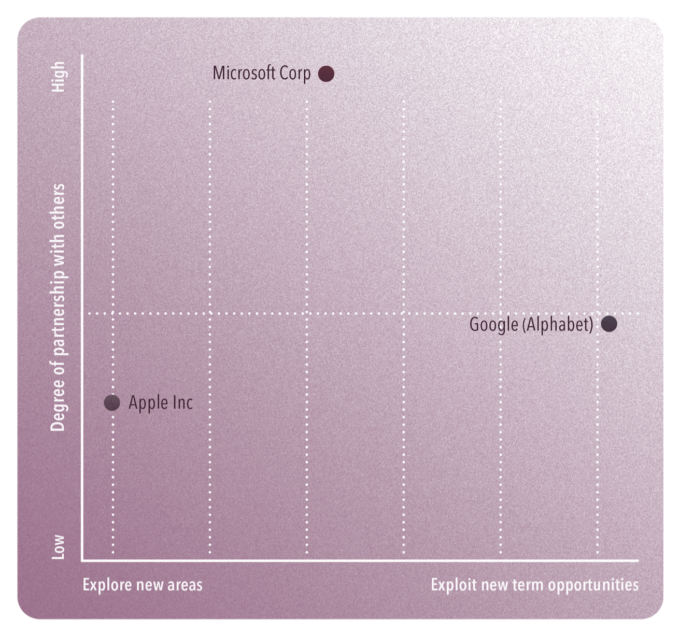When we look back, it is easy to see that Siri had a big problem. It failed to maintain momentum. The things that made Apple’s digital assistant so popular in 2011, like setting alarms and taking notes, were never improved upon very much. By the time Apple introduced SiriKit in 2016, allowing outside developers to create new capabilities for Siri, it was too late. It hasn’t led to any meaningful developer interest. Meanwhile, Amazon’s Alexa has 25,000 “skills” built by third-party developers, and Google Assistant has more than a million “actions”, which include commands that Google has programmed into the digital assistant as well as features built by third parties. In June 2017, The Wall Street Journal predicted that Apple’s HomePod would struggle to compete and was likely to become a distant third in the home speaker market. They were right.
How Microsoft is different this time
One thing we have learned is that an emerging technology requires broad adoption to gain traction. Apple is notoriously closed in its product development approach; it prefers to build a walled garden to control the customer experience. Even when it opens its ecosystem, control is rampant. Google and Amazon are the opposite, as demonstrated by Google’s Android and Amazon’s AWS. They prefer to open up things quickly so that outside parties can create new usages. Meanwhile, the core group concentrates on making the back end infrastructure more robust and more accommodating of newly discovered functions.
So, where does Microsoft stand? At IMD, we have built an algorithm to look at the company’s behavior. Think of this as big-text analytics powered by AI. We want to score companies, in this case their inclination towards partnership and their willingness to wade into the unknown.
To compile the graph, we downloaded articles from The Wall Street Journal, New York Times, Financial Times, and other business news sources over the past decade. We also identified top-tier press release distribution outlets and looked at corporate press releases from the same 10-year period. We fed the data into an algorithm, which considered what different companies represent and how the business community understands their behaviors. By putting all this information together, we have gained a sense of how things are going for each company.

Audio available

 Audio available
Audio available




